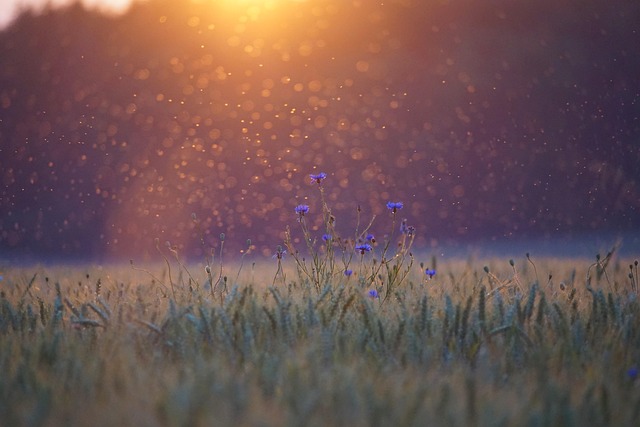Light dance photography is an enchanting realm where the magical interplay of light and movement creates stunning visual poetry. To capture this ethereal beauty, one must embrace the essential tools of photography, while also cultivating a profound appreciation for both light and motion.
At its core, light dance photography revolves around understanding how natural and artificial light can transform a scene. An adept photographer knows that light isn’t just a tool; it’s a vital element of the artistry involved. Whether capturing the delicate trails of a dancer’s movements on stage or the swift, fluid gestures of a performer in a natural environment, light serves as the canvas upon which the dance is expressed.
Investing in a quality camera is crucial to exploring this captivating genre. Consider a DSLR or mirrorless camera that offers manual settings—this allows you full control over the aperture, shutter speed, and ISO. When capturing light dance moments, a fast shutter speed is often necessary to freeze the action and convey the precision of movement. However, experimenting with slower shutter speeds can yield remarkable results, allowing you to capture the essence of motion through intentional blurring, creating a dreamlike quality in your photos.
To hone your skills in light dance photography, mastering optics is equally important. Lenses play a significant role in defining the mood and impact of your images. A fast prime lens, such as a 50mm f/1.8, can facilitate beautiful bokeh effects, where the background blurs softly while the subject remains sharp, drawing the viewer’s focus directly to the dancer’s expressive form. Additionally, wide-angle lenses can provide unique perspectives, immersing the audience in the performance space and offering a more expansive view of the scene.
Lighting techniques are also paramount to achieving stunning photographs. Natural light can create a soft, enchanting atmosphere, particularly during golden hour when the sun casts a warm, magical glow. Conversely, artificial lighting can add drama and intensity to your shots, especially when combined with colored gels or harsh directional lighting. Experimenting with backlighting can create silhouettes that emphasize the dancer’s shape and movement, further enhancing the storytelling aspect of your images.
But beyond the technical aspects lies the emotional connection to the dance itself. As a photographer, it is essential to be attuned to the rhythm and energy of the performance. Anticipating moments of movement and expression allows you to capture the dynamics that breathe life into each photograph. Seek to observe the subtleties—the sway of an arm, the twist of a torso—these intricate details can evoke powerful feelings in viewers, connecting them to the ethereal beauty of the performance.
As you dive deeper into light dance photography, remember that patience and practice are key. Each dance, each performance offers a unique story waiting to be told through your lens. Keep experimenting with different settings, lighting conditions, and compositional styles. With time, you will discover how to harness the mesmerizing dance of light and movement, creating evocative images that resonate with both you and your audience, showcasing the exquisite beauty found in the world of light dance.




